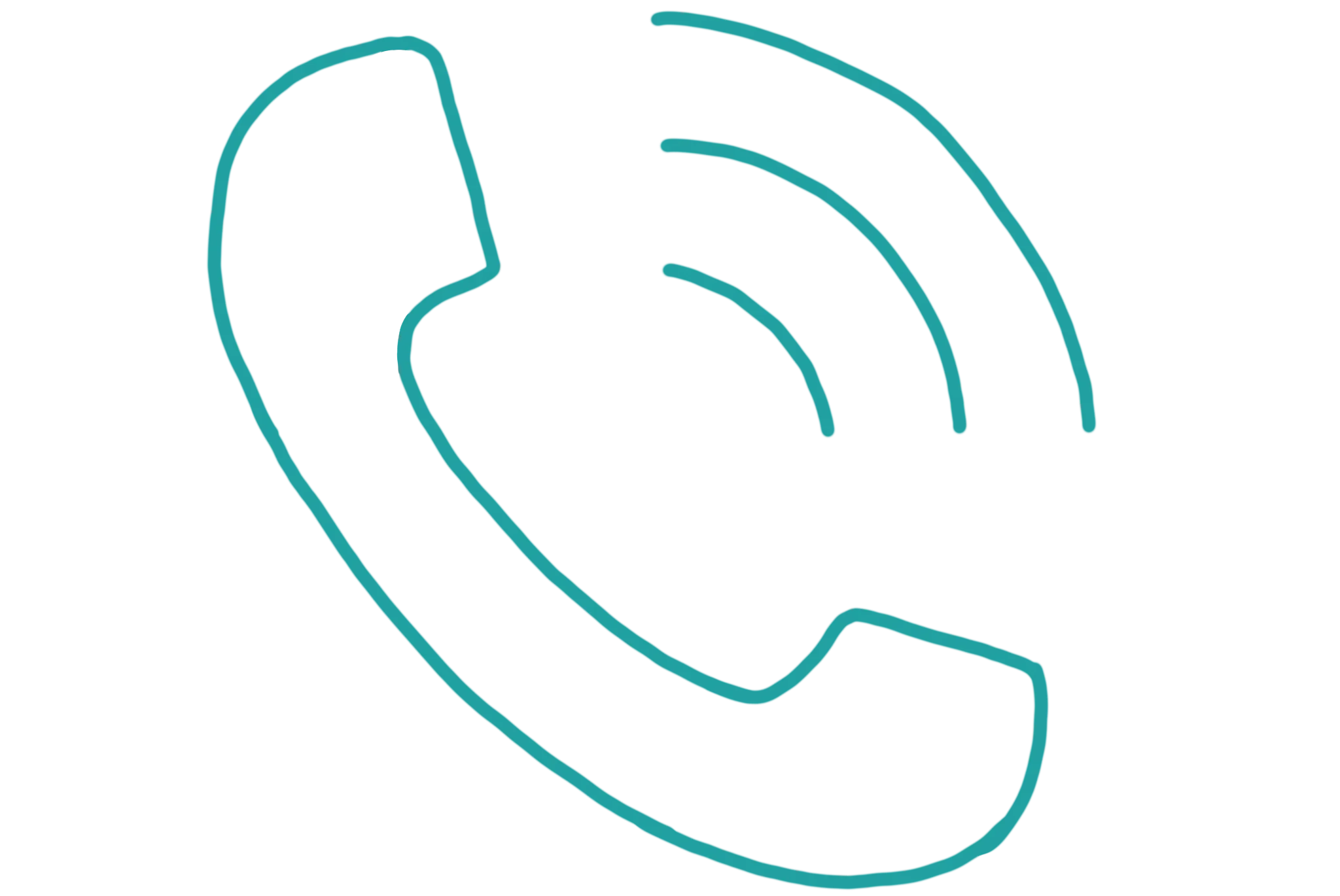Spain’s second-largest metropolitan area after Madrid, Barcelona stretches along the Mediterranean coast. No less than 5 million Catalans use the city’s transport system every day. Subways, buses, trains, cabs, bicycles… Here’s everything you need to know about transport for your internship in Barcelona.
Every day, 11 lines cross each other in Barcelona’s subway subways. The metro is undoubtedly the fastest means of transport in the Catalan capital.
Buses generally run from 6am to 10pm. Waiting time is 5 to 10 minutes during rush hour and 10 to 20 minutes the rest of the day.
These night buses (NitBus) run between 10pm and 6am. They charge the same fares as the daytime buses, and all depart from Plaça Catalunya. The route number of night buses always begins with the letter N.
Download it now! It’s available on Android and iPhone. It’ll geolocate you, showing you the nearest bus stops, nearby bus routes and their timetables.
These are the same fares as for the Barcelona metro.
See the Barcelona bus map and the official TMB website for more information!
The streetcar in Barcelona is a great way to get around if you want to get to neighborhoods where there are no subways. Ticket prices are identical to those of Barcelona’s bus and metro services.
Barcelona has a large number of bicycle paths, making it easy and pleasant to get around the city. However, if you don’t have your own bike, you can hire one from 6 euros for 2 hours. Here are a few addresses:
Bicing is the municipal transport service reserved for Barcelona residents, so you need a NIE to hire it. The subscription costs 47.16€/year and entitles the holder to an unlimited number of journeys of less than 30 minutes. A fee of €0.74 is charged for each half-hour overrun. Then, if the bike is not returned to a terminal after two hours, the price rises to 4.49€. Finally, if you don’t return the bike after 24 hours, you’ll be charged almost €150. To register online, visit the Bicing page.
For a moment of relaxation and discovery, Stud&Globe invites you to rent a Segway to visit the city. Segways are available for hire every day of the year, from €59 for a 2-hour rental. Office: Nou de la Rambla 38, Raval. Metro: Liceu (green L3).
In Barcelona, cabs are a fast, comfortable and inexpensive way to get around. The price is lower than in France, and pick-up costs 2 euros during the day. On average, you’ll pay around ten euros for a trip in the city center. To stop it, all you have to do is position yourself at the cab stands. However, you can stop it on the street provided it’s free (green light on the roof and “lliure” sign) and 50 meters from a cab rank. Finally, here’s the number if you forget something in the cab: 902 101 564.
Barcelona’s cable car and funicular are the two options for getting to Montjuïc Hill. There are two types of cable car: the port cable car and the Montjuïc cable car.
This cable car makes 3 stops: Port Vell cable car tower, Torre Jaume I and Hotel Miramar/Château de Montjuïc. The journey takes 10 minutes and covers a distance of 1,300 meters. Prices are €11 (one-way) and €17 (round-trip).
This cable car also makes 3 stops: Parc de Montjuïc, Miramar/Château de Montjuïc and Mirador de l’Alcalde. The journey is shorter, covering a distance of 750 meters. It costs €12 (return) for adults and €8 for children.
Do you still have doubts about transport or the steps to follow for your internship in Barcelona? Don’t hesitate to contact Stud&Globe and our international intern recruitment experts will guide you and share their expertise.
Horaires : 9h00 à 18h00 du lundi au dimanche

Depuis la France +33 1 87 65 28 12
Depuis l’Espagne +34 931 59 18 57
Opening hours: 9 a.m. to 6 p.m. Monday to Sunday

From France +33 1 87 65 28 12
From Spain +34 931 59 18 57
Opening hours: 9 a.m. to 6 p.m. Monday to Sunday

From France +33 1 87 65 28 12
From Spain +34 931 59 18 57